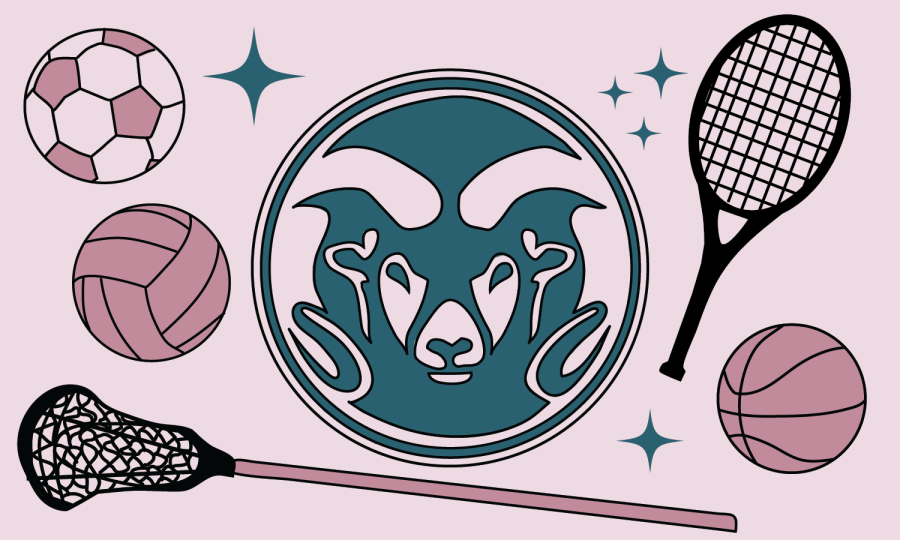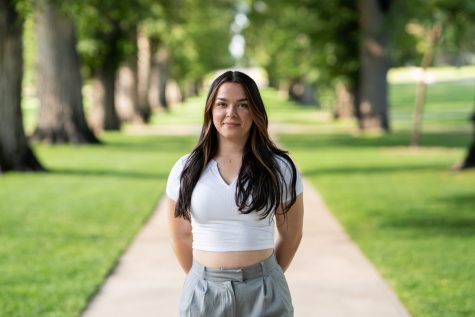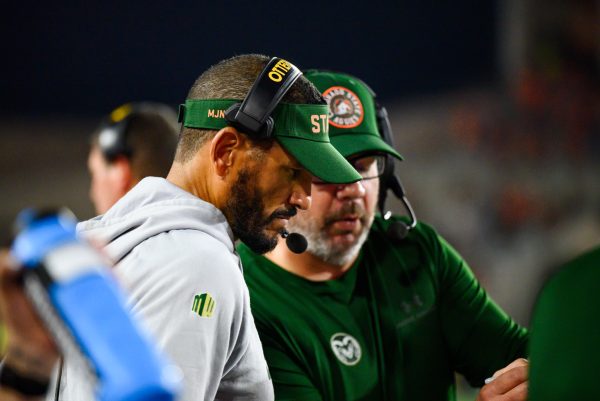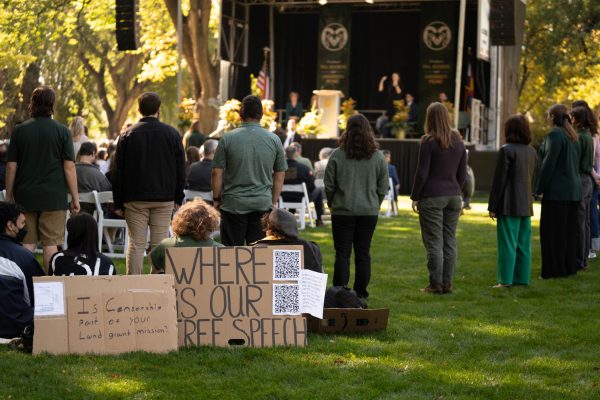Athletic trainer appreciation, new generation trainers
Collegian | Chloe Leline
April 6, 2023
Following March, the National Athletic Trainers’ Association Athletic Training Month, we recognize the essential and necessary health care services trainers provide for athletes everywhere at every level. Although March has passed, the topic remains relevant forever.
There are numerous responsibilities that come along with becoming an athletic trainer, including injury prevention and athlete assessment, management, treatment and rehabilitation. Trainers receive much of the athletic experience firsthand because they go through an athlete’s journey, the good and the bad.
Many athletes would struggle to be successful without the proper care and training to improve strength and endurance provided by trainers. Many trainers take initiative to plan and implement comprehensive programs to prevent further injuries or illnesses.
As long as any physical activity continues, there will always be a need for athletic trainers. According to the U.S. Bureau of Labor Statistics, the predicted job outlook shows a 17% increase 2021-2031, a faster-than-average rise in new trainers entering the health care industry.
Colorado State University encourages students to pursue athletic training in the department of health and exercise science. Senior Grace Johnson is currently a health and exercise science major with a health promotion concentration who was admitted into the University of Northern Colorado’s master’s program for athletic training.
“The involvement of an athletic trainer in an athlete’s career has the potential to be such a trusting bond, especially considering that an athletic trainer is helping guide an individual through some of the most physically and mentally impactful adversities they may experience in their sport.” -Grace Johnson, student athletic trainer and CSU health and exercise science student
Johnson said she first became interested in the field in high school as an athlete.
“I was experiencing some patellar tracking issues my junior year and connected with my high school’s athletic trainer to begin a rehabilitation plan to help combat some of the issues I was experiencing,” Johnson said. “I ended up spending so much of my time in the training room that I started to gain interest in not only mine but other athletes’ recovery process.”
“Once I got to CSU, it was not long before I began to miss being in a clinical setting, observing treatment and rehabilitation regiments,” Johnson said. “I consulted with some of my professors and ended up getting connected with the associate football athletic trainer and coordinator of student athletic training technicians at CSU.”
After making these connections, Johnson found just the job for her, becoming a student athletic trainer for all four years of her undergraduate degree.
“Having this continued opportunity to observe what the profession looks like in the (collegiate) setting has only expanded my passion for working with student-athletes to overcome the physical adversities competitive sports may bring,” Johnson said.
Experiences like this encourage individuals interested in athletics, or health care in general, to continue caring mentally and physically for patients in need. Despite working behind the scenes, athletic trainers are essential to creating a safe and trusted environment and deserve unwavering recognition.
“The involvement of an athletic trainer in an athlete’s career has the potential to be such a trusting bond, especially considering that an athletic trainer is helping guide an individual through some of the most physically and mentally impactful adversities they may experience in their sport,” Johnson said.
Reach Karsyn Lane at sports@collegian.com or on Twitter @karsynlane1.






